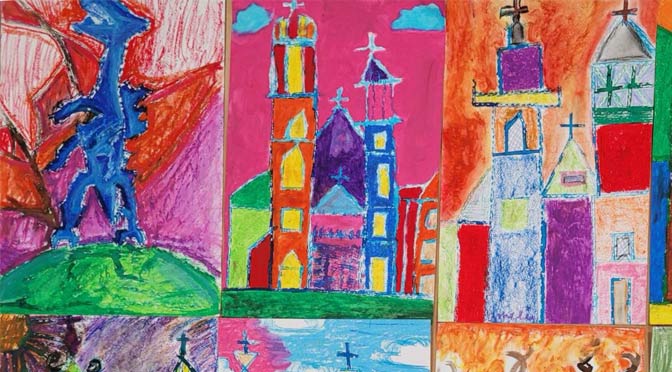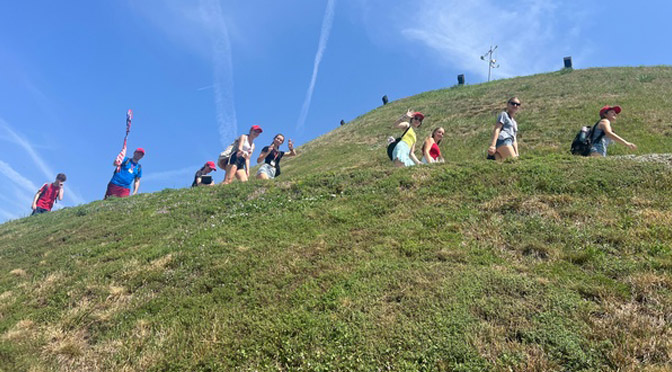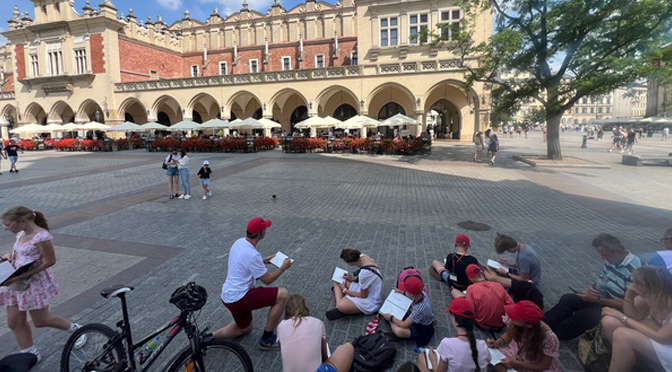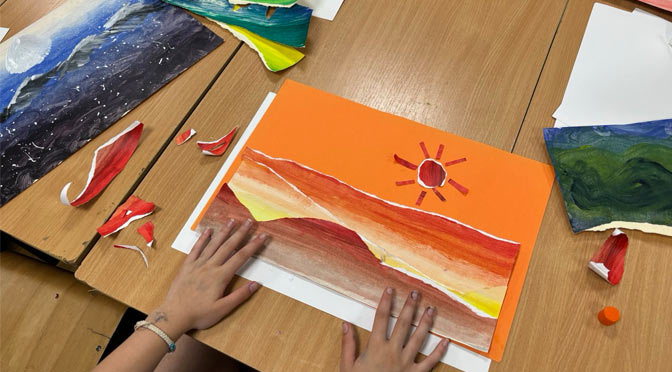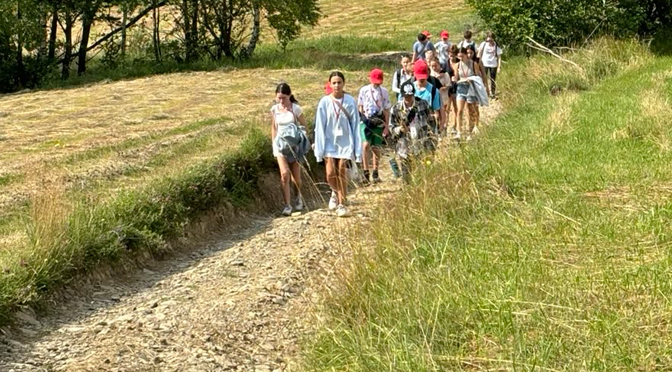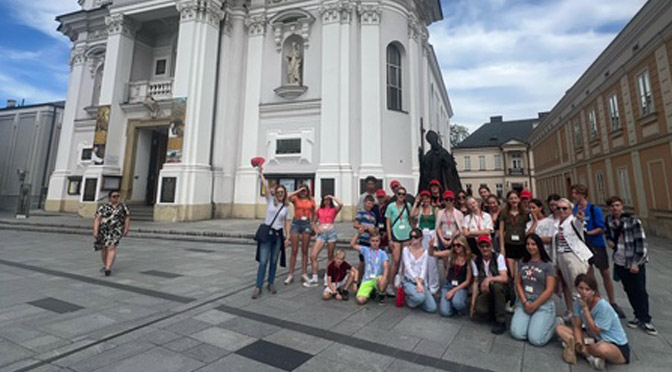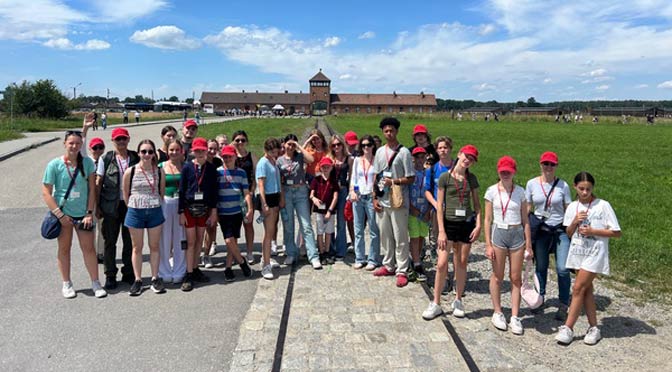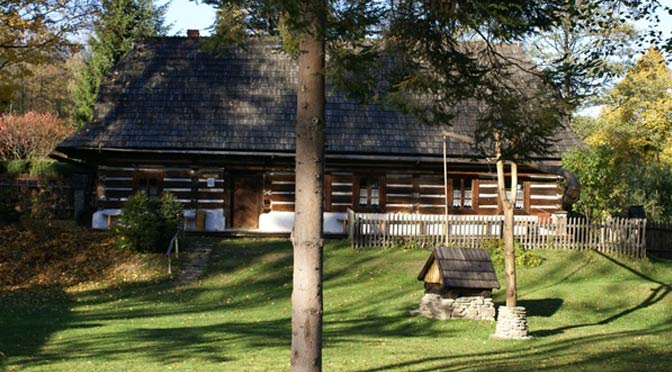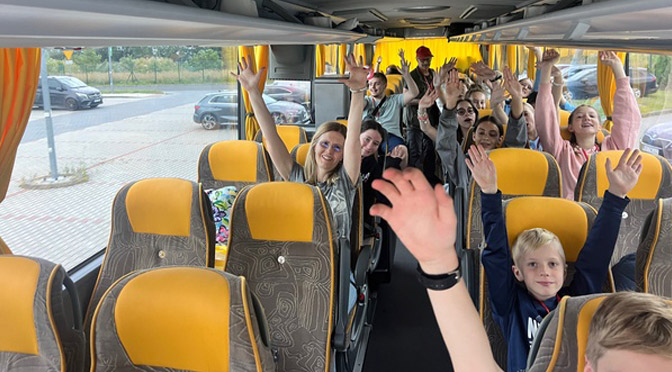Afternoon group work – posters about general Tadeusz Kościuszko / Popołudniowa praca w grupach – plakaty o generale Tadeuszu Kościuszce

PRINT – art workshops – session with Mr. Staszek / DRUK – warsztaty artystyczne – sesja z panem Staszkiem

An event that many participants were waiting for – a football tournament / Wydarzenie, na które czekało wielu uczestników – turniej piłki nożnej

Today we are playing a ping-pong tournament / Dzisiaj rozgrywamy turniej w ping-ponga

Winners of the ping-pong tournament / Zwycięzcy w turnieju ping-pong

1st place Szymon
2nd place Łukasz
3rd place Adam
Congratulation 🙌
Afternoon ice-cream social / Popołudniowe spotkanie “na lodach”


